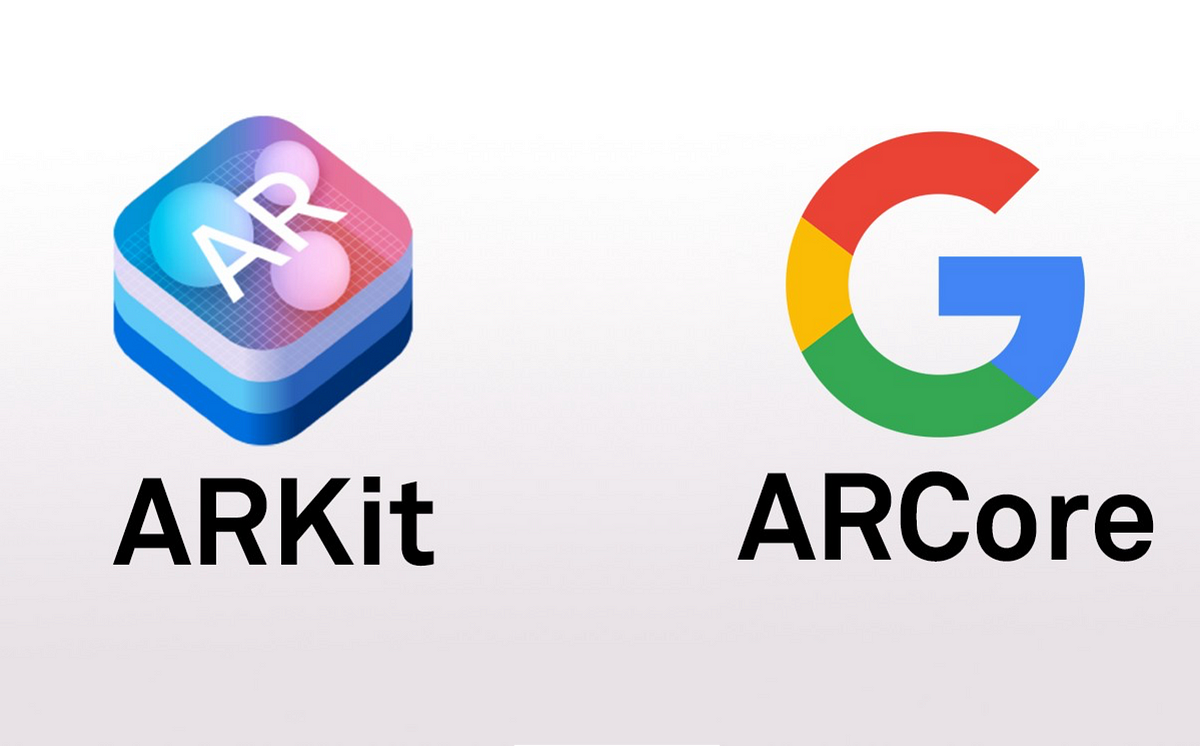Augmented Reality (AR) has transitioned from a futuristic concept to a tangible, transformative technology, particularly within the mobile app space. Thanks to powerful frameworks like Apple’s ARKit and Google’s ARCore, developers can now seamlessly integrate immersive AR experiences into their applications, unlocking a world of innovative features.
This blog post explores the exciting possibilities of ARKit and ARCore, delving into how they can elevate your mobile app and engage your users in unprecedented ways.
Understanding ARKit and ARCore
Before diving into the applications, let’s briefly understand these frameworks:
- ARKit (Apple): Designed for iOS devices, ARKit leverages the device’s camera, sensors, and processors to understand the real-world environment. It excels at plane detection, light estimation, and world tracking, enabling realistic AR interactions.
- ARCore (Google): Google’s platform for building AR experiences on Android devices. Like ARKit, it uses motion tracking, environmental understanding, and light estimation to create immersive AR applications.
Both frameworks provide developers with the tools to:
- Track device motion: Accurately position virtual objects in the real world.
- Detect planes: Identify horizontal and vertical surfaces for object placement.
- Estimate lighting: Adapt virtual object lighting to match the real-world environment.
- Understand the environment: Create more realistic and context-aware AR experiences.
Innovative Mobile App Features Powered by AR
Here are some compelling ways to integrate ARKit/ARCore into your mobile app:
- Enhanced E-commerce:
- Virtual Try-On: Allow users to virtually try on clothing, makeup, or accessories before purchasing.
- 3D Product Visualization: Enable users to view products in 3D, placed within their own environment.
- Furniture Placement: Let users visualize how furniture would look in their homes.
- Interactive Education:
- Immersive Learning: Bring textbooks to life with interactive 3D models and animations.
- Gamified Learning: Create engaging AR games that teach concepts through interactive experiences.
- Historical Recreations: Allow users to explore historical sites and events through AR overlays.
- Gaming and Entertainment:
- Location-Based AR Games: Create immersive games that blend the real world with virtual elements.
- Interactive Storytelling: Develop AR experiences that enhance storytelling with interactive visuals and sound.
- Social AR Filters: Create unique and engaging AR filters for social media platforms.
- Navigation and Wayfinding:
- AR Navigation: Overlay directions and points of interest onto the real-world view.
- Indoor Navigation: Guide users through complex indoor spaces, such as malls or airports.
- Design and Architecture:
- 3D Modeling Visualization: allow architects and designers to visualize their 3D models in the real world.
- Real time measurement tools: utilize the camera to measure distances and areas.
- Training and Maintenance:
- Step-by-step AR instructions: overlay instructions onto real world machinery for easier maintenance.
- Remote assistance: allow remote experts to annotate the users real world view to provide guidance.
Key Considerations for AR Development
- User Experience (UX): Prioritize intuitive interactions and seamless integration with the app’s overall design.
- Performance: Optimize AR experiences for smooth performance on a variety of devices.
- Accuracy: Ensure accurate tracking and environmental understanding for realistic AR interactions.
- Privacy: Handle user data responsibly and transparently.
The Future of AR in Mobile Apps
ARKit and ARCore are constantly evolving, with new features and capabilities being added regularly. As technology advances, we can expect to see even more innovative and immersive AR experiences in mobile apps.
By leveraging the power of ARKit and ARCore, developers can create truly unique and engaging mobile apps that capture the imagination of users and drive innovation across various industries. The future of mobile app development in Texas is undoubtedly augmented, and now is the time to embrace its potential.




